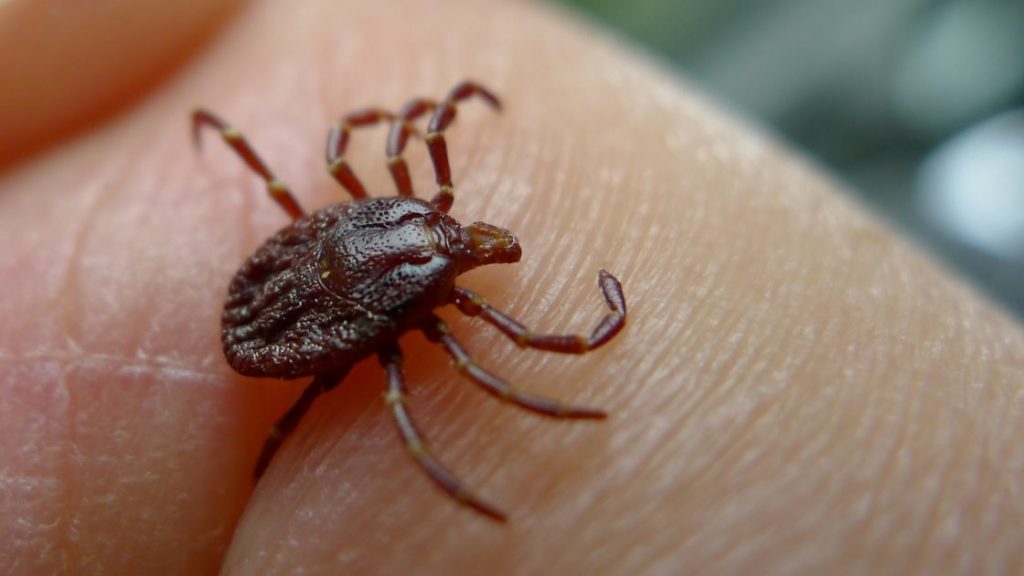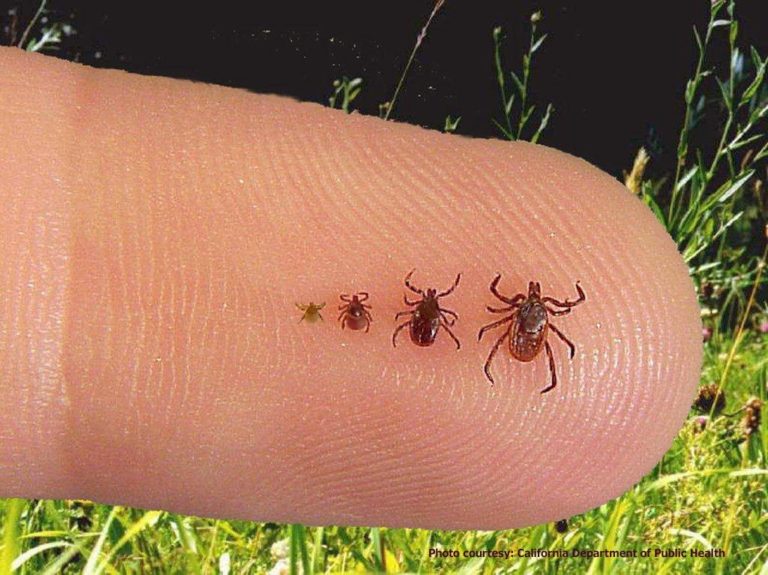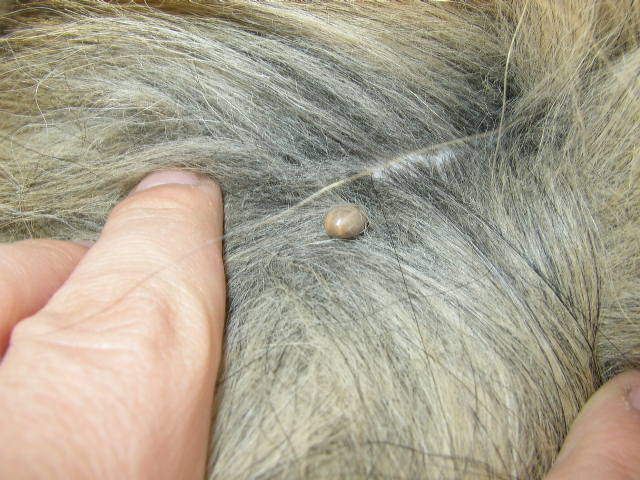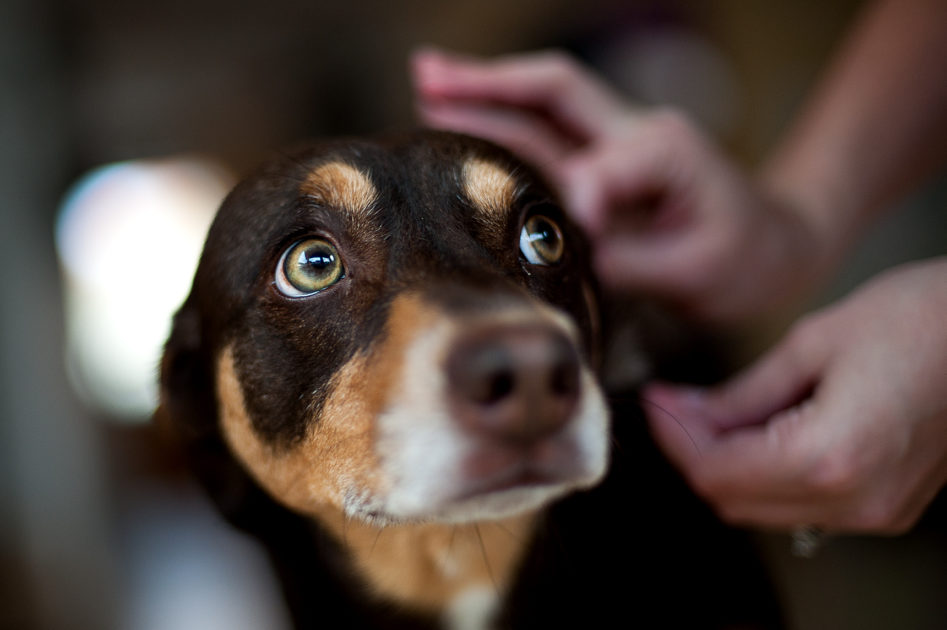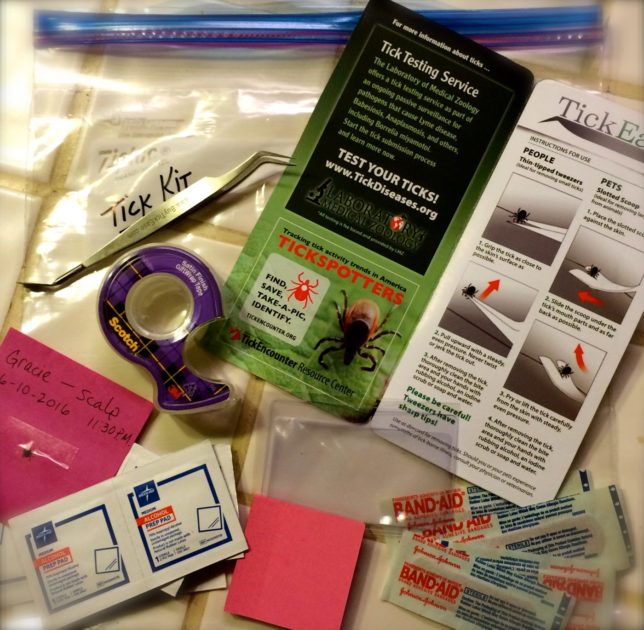A new visual exercise is taking social media by storm, and the first animal you see when you look at this picture below has a lot to say about you and your personality!

When you look at the above image, really take a good look at it for a few moments. What is the very first animal you see when you look at his photo? You will want to write it down or keep it in mind because depending on what you saw, your personality traits will be revealed.
If you saw a bird, it means you are more expressive and outgoing than other people.

Those who saw a crab means you have a good sense of humor and are happier than most folks.
If you saw a bird and a crab together, you are sensitive and in touch with your true emotions.
Pretty cool, right? But wait, there’s more!
If you saw a horse, it means you are free-spirited and independent.

For those of you who saw a dolphin, this means you are artistic and creative.

Duckling spotters, this is pretty neat because they are the hardest to see. It means you are quieter than most but very detail-oriented.

Bear folks, you are a natural-born leader and you have a powerful personality so it’s hard not to notice you.
If you saw a puppy, it means you are nurturing and kind.

If you saw several animals in a short period of time, means you are a divergent thinker.
What animal did you see first? Share with your friends and compare what they see too!
Read below: This week’s top TRENDING story:
Man’s About To Return His Shelter Dog, When He Reads Previous Owner’s Note:
Man’s About To Return His Shelter Dog, When He Reads Previous Owner’s Note:
A man had finally settled into his new town, but something still felt missing from his life. He thought getting a companion in the form of a shelter dog might help. So he did just that. He went to the shelter where a black Lab named Reggie needed a home. But they didn’t hit it off right away.
The man gave it two weeks (the amount of time the shelter said it may take for the dog to adjust to his new home), but it just wasn’t working out. Maybe it was the fact he was also trying to adjust to a new situation. Maybe they were too much alike. But then the man started going through Reggie’s stuff, and that’s when he was reminded of a letter the previous owner had left with the dog. That’s what would end up changing their lives dramatically.
What an amazingly beautiful story. It’s all going to work out for Tank and his new owner. 🙂
h/t Tickld
Stay for one more story:
The Tick Epidemic: What You Need To Know And How To Properly Remove Them:
Ticks are disgusting. They burrow their tiny heads into your skin to feed on you like vampires. What you need to understand is:
1. You do not have to be outdoors often to get bit
2. Your dog doesn’t have to be outside often to get bit AND…
3. Removing ticks the right way is extremely important in protecting your entire family from tick-borne illnesses.
I’ll say it again: You do not have to be an active, outdoorsy person to contract a tick-borne illness and neither does your dog. It only takes a matter of seconds for a tick to attach itself– and once it does, a number of illnesses can be transferred to you. Some of which are potentially fatal to you and your dog!
These pesky critters can pass diseases from other mammals to humans. Research scientist Goudarz Molaei explains to CNN that up to 15 diseases can be passed to humans (OR to dogs) from three different species of ticks: the Deer Tick, the Lone Star Tick, and the Dog Tick.
The most threatening, however, is the Black-Legged Tick. It’s responsible for the transmission of at least five disease agents: Babesiosis, Anaplasmosis, Borrelia Miyamotoi, Powassan Virus and Lyme Disease.
Lyme’s is the most common tick-borne illness with over 30,000 new cases of Lyme’s Disease reported every year, according to the CDC. And with rising winter temperatures, that number is expected to grow.
While early Lyme’s symptoms usually include moderate fever, chills, mild to severe muscle aches and pains, and rashes– they can worsen causing widespread inflammation of the nervous system.
Lyme’s is most successfully treated early on YET ticks are so darn small to the human eye that the disease often goes untreated. Not to mention the early symptoms can mimic an average virus or flu.
If Lyme’s is treated early on with antibiotics, your chances for a full recovery increase drastically. Same goes for your dog!
According to the Pet Health Network:
“In severe cases, dogs may also develop heart disease, central nervous system disorders, or often-fatal kidney disease.”
Also, your dog cannot tell you how he is feeling. If his joints hurt, and he’s limping around, you may think it’s from a minor injury from overexertion.
Always check yourself and your dog after going outside. Especially in these areas:
- Where woods or fields meet lawn
- Wooded areas
- Tall grass
- Under leaves
- Under ground cover like short plants
- Around stone walls and woodpiles where small mammals live
Being bit by a tick can have catastrophic consequences. Having a tick kit on hand can be your saving grace.
According to Shareably, your kit should include:
- band-aids
- sharply pointed tweezers
- antiseptic wipes
- antibiotic ointment
- small container with label or tape and post-it notes
REMEMBER: It’s important that you remove a tick ASAP and you remove it correctly!
Do not pull too hard and break the head off inside the skin! Doing so can lead to further infection! For proper removal, you should:
- Use fine-tipped tweezers and reach down toward the end of the head
- Squeeze the tweezers tight so they don’t slip off
- Slowly and firmly pull the tick out
No one wants you or your pet to suffer! Be diligent: wear long sleeves and pants in wooded areas, make sure your pet has flea and tick prevention on at all times, check yourself and your pet BEFORE coming inside the house. You can never be too careful.
Make sure to share this post to help keep others aware of the dangers and as safe as possible!
The Royal Society for the Prevention of Cruelty to Animals (RSPCA) recently got an urgent call about a healthy five-year-old dog. The temperatures were hitting record highs and 729 calls came in that day alone. They then received devastating news:
“This morning we were informed a local dog died of heat stroke after being taken on a walk at 9 am when the temperature was 21 degrees (Celsius),” the RSPCA Altrincham Cheshire Branch said in a statement.
Next Story:
Healthy Dog Dies After Routine Walk, Owner’s Warning Others:

For five days straight, temperatures soared past 30 degrees Celsius (or 86 degrees Fahrenheit). In direct sun and with humidity, the heat index soared even higher.
Despite numerous warnings by the RSPCA, dog owners were still seen walking their dogs during the hottest times of the day.
“The dog was otherwise fit and healthy. Despite lots of warnings about the heat we still see dogs being walked to the shops, on the school run, or as soon as owners get in from work,” the RSPCA said.

“Yesterday the highest temperature for the day was at 4 pm but this is when most of the dogs we spotted were out and about. It does not matter if your dog is white, young, not a bull breed or ‘used to the heat’. Please be mindful of its needs.”

Heat stroke can have devastating consequences. If temperatures rise too high and your pet cannot cool himself down, the results can be catastrophic.
Signs of Heatstroke:
- excessive panting
- staggering while walking
- seizures
- high body temperature
- a dark or bright red tongue
- sticky or dry gums
- bloody diarrhea
- vomiting
If your dog is exhibiting any of these signs or symptoms, call your veterinarian immediately.

Try to bring your dog’s temperature down slowly with cool, NOT COLD, water. Give them some water to drink and watch their breathing closely.
“We do understand the crucial nature of walking your dog, however, please bear in mind that walking in high temperatures can cause serious and irreversible damage, and in some cases death,” the RSPCA said.

Taking your dogs for walks is an important part of their routine, however, there are essential things to keep in mind during warmer months.
Besides suffering from heatstroke, dogs can also sunburn. Dogs light in color are at an increased risk. White dogs especially!
Check out, Rory! A staff writer’s rescue pup 🙂 With her white fur and pink skin, she’s at an increased risk for sunburn. In fact, she will burn after only 10 minutes in the sun! And boy is it painful!

To avoid sunburn, your dog should not be in direct sunlight for extended periods of time. You can also look into sunscreen made just for pets. Check out Epi-Pet skin treatment!
When applying sunscreen, be sure to get your dogs ears, nose and back, as well as the skin around his mouth.
You should also be careful with your dog’s paws in warmer months. You can check out our article on the 11-second paw test here!
Our rule of thumb is: If you walk outside and it’s too hot for you, then it’s too hot for your dog as well!
If routine walks are the only way for your pooch to relieve himself then consider walking him in grassy, shaded areas when the sun isn’t so strong (during early morning hours and late in the evening when the sun has set).

Quicker walks are also recommended. If your dog can relieve himself within a few minutes, then it’s time to turn around and go home. Try exercising your pup indoors. Fido will LOVE playing a game of fetch in the soothing air conditioning.
Most importantly, look for the signs of your dog in distress. Your dog has his own way of telling you when he’s not feeling well. Pay close attention!
Check out the video below to learn more about the warning signs of heatstroke.







